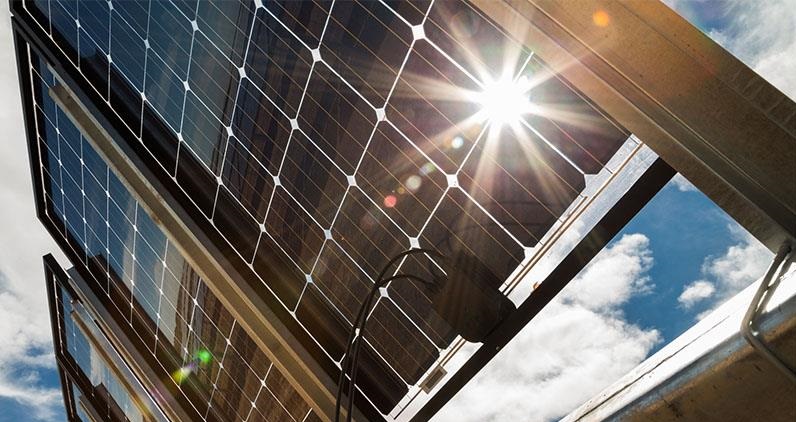
The search of more efficient and long-lasting energy sources has made solar energy a significant player. Solar panels are usually mounted on rooftops or in solar farms to collect sunlight and generate electricity.
Bifacial solar panels are one of the most intriguing technological advancements of the last few years, yet the area of solar technology is continually evolving.
These solar panels are revolutionary to enhance solar energy in this technical evolving world by capturing the sun energy from both of its faces. This article will explore the bifacial solar panels and their benefits in enhancing solar power.
An advanced development in solar technology is bifacial solar panels that are separate from traditional solar panels with respect to their distinctive shape. The word “bifacial” explains the ability to absorb sun energy from its both the front and back surfaces, significantly growing their capacity to collect solar energy.
Their ability to get the sunlight on both surfaces make these solar panels very special. Unlike traditional solar panels, that can only produce electricity when openly exposed to sun on one side, while bifacial solar panels are able to gather sunlight reflected off adjacent planes. The innovative dual-sided structure of bifacial solar panels make them more proficient than conventional single-sided solar panels by increasing their sunlight absorption.
These panels work exceptionally well in areas with plenty of reflected sunshine, such as parking lots or open fields. In addition, they work well in scenarios like ground-mounted solar systems, where solar panels are not anchored to roofs directly.
Sunlight is converted into electrical energy by Bifacial solar panels. The solar cells in the panel capture sunlight and transform it into electrical power when it touches the front surface. In addition to being turned into energy, sunlight that strikes the panel’s rear surface is reflected into the solar cells.
The total amount of energy produced from the rear of a bifacial solar panel depends on several parameters, including the reflecting material used, the panel’s orientation and the amount of sunlight reflected. The design of bifacial solar panels and the materials used significantly affect their effectiveness. This is how they work:
The use of bifacial solar panels has several limitations. Among these drawbacks are:
Bifacial solar panels are evidence of the constant advancements in solar technology. Energy capture efficiency has undergone a paradigm shift due to its dual-sided design, which captures sunlight from both the front and rear surfaces.
Bifacial solar panels offer a way to improve sustainability, efficiency, and long-term cost savings as we embrace the bright future of solar energy. Leveraging the sun’s infinite energy can be accomplished to unprecedented levels of innovation and quality when you work with Just Doing Solar as your partner.
